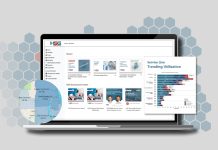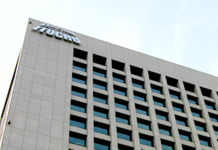Cloud technology has transformed enterprise healthcare IT drastically, offering new opportunities for efficiency, security, and savings. But what happens when organizations are caught off-guard by sudden increases or contractions in necessity? In 2020, the COVID-19 pandemic forced drastic and almost-instant changes in healthcare systems of all sizes and scope, increasing strain on facilities while constricting budgets.
For many of these organizations to best adapt to the continuing digitization and modernization of healthcare, scalable, pay-as-you-go IT infrastructure models could be the best path forward. Utilizing on-premises third-party equipment and the public cloud together, consumption-based IT services offer the agility of the cloud with the security of onsite data maintenance—the best of both worlds.
The pandemic exposed several blind spots in healthcare IT systems, such as accommodating remote work or supporting expanded telehealth needs. At the same time, it created budget nightmares associated with unprecedented demand for care. A consumption-based model of IT infrastructure services is one possible solution to reduce costs and challenges that come with keeping healthcare systems running smoothly while protecting patient information and data.
It could also improve agility and prepare organizations for quick and sudden growth, offering easily scalable systems that help healthcare providers focus their time on patients rather than balancing budgetary and infrastructural concerns. Many managed services providers offer subscription-based or as-a-service solutions that can replace legacy systems. Consumption-based storage and management can help mitigate costs as new services are needed.
When healthcare systems thoroughly examine their data infrastructure needs, strengths, weaknesses, and strategies, it becomes clearer that their solutions must consider both current expenses and future challenges. In today’s digital landscape, flexibility is crucial for all industries, especially when the business is people’s lives.
The consumption-based IT model can benefit healthcare systems by providing on-demand services, upgrades, and more—while providing administrators with comfort and confidence and giving doctors and other professionals access to the most up-to-date support technologies. As the response to the coronavirus pandemic has shown, healthcare administration is lagging technologically in many ways. Adopting a pay-per-usage IT program can help organizations catch up and save money at the same time without compromising patient care and privacy.

























